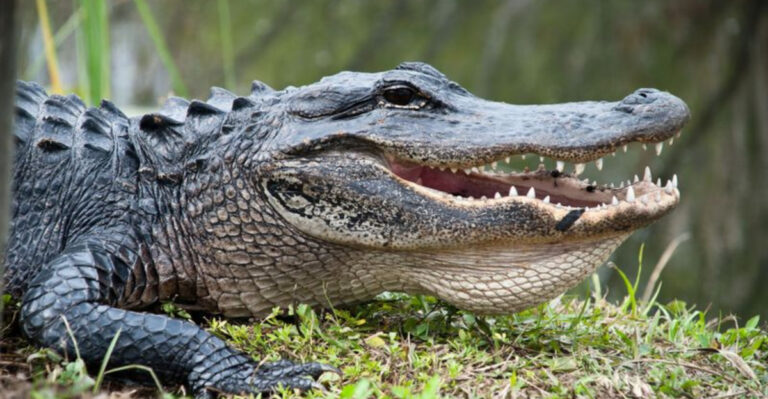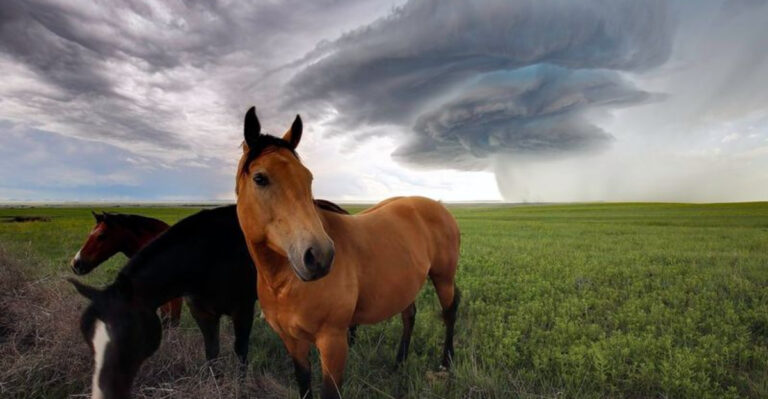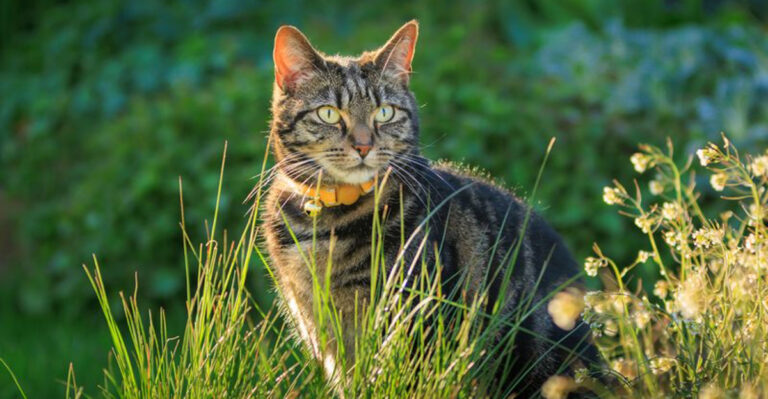16 Things To Keep In Mind Before You Feed Outdoor Cats
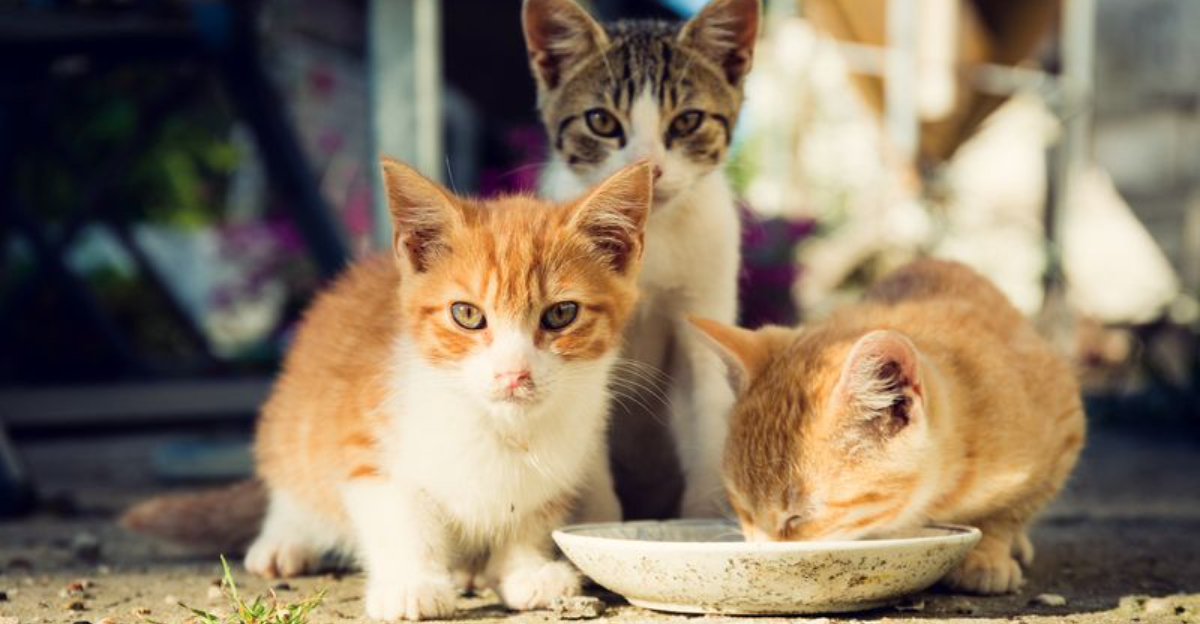
Feeding outdoor cats can be a rewarding yet challenging endeavor. These feline wanderers often rely on the kindness of strangers for their meals, but it’s crucial to approach this act with consideration and care.
Before offering that bowl of food, there are several factors to think about to ensure the well-being of both the cats and the local environment.
1. Understand Local Laws
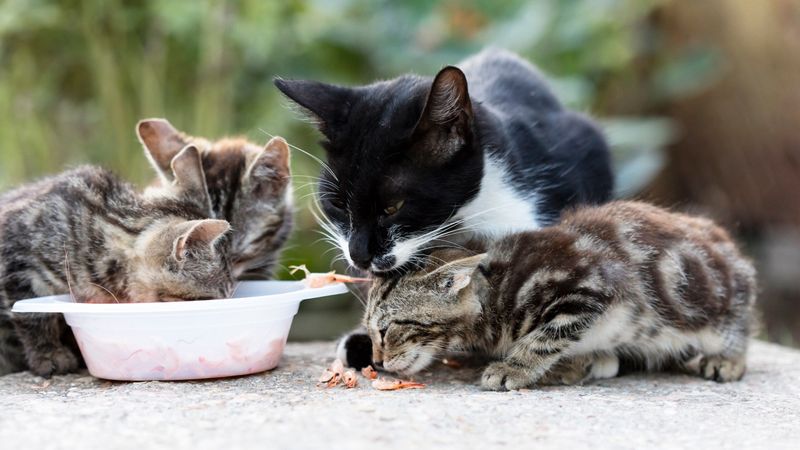
Before you start feeding outdoor cats, it’s essential to understand the local laws and regulations regarding feeding wildlife. Many areas have specific rules, especially about feeding animals in public spaces. Check with your local municipality to find out if there are any restrictions in place.
Some laws are designed to protect both the cats and the environment, preventing wildlife disruption. Violating these regulations might result in fines or other penalties.
By being informed, you ensure your actions are legally compliant and contribute positively to the community. It’s not just about feeding cats; it’s about being a responsible citizen as well.
2. Health Check And Observation
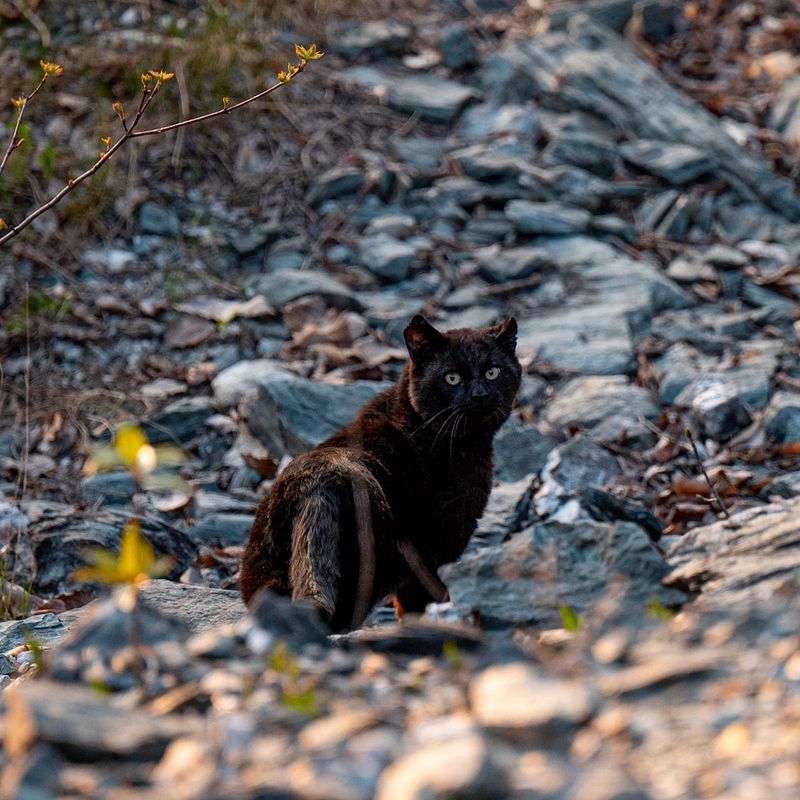
Keeping an eye on the health of outdoor cats is crucial before feeding them regularly. Conduct an initial observation to ensure they don’t exhibit signs of disease or injury. Cats that appear sickly or injured should be taken to a veterinarian if possible.
Healthy cats will have clear eyes, a shiny coat, and be active. Regular checks help in identifying any changes in their condition over time.
This not only aids in preventing the spread of diseases to other cats but also ensures that you’re not unintentionally supporting unhealthy animal populations. Caring for their health first is paramount.
3. Nutritional Needs
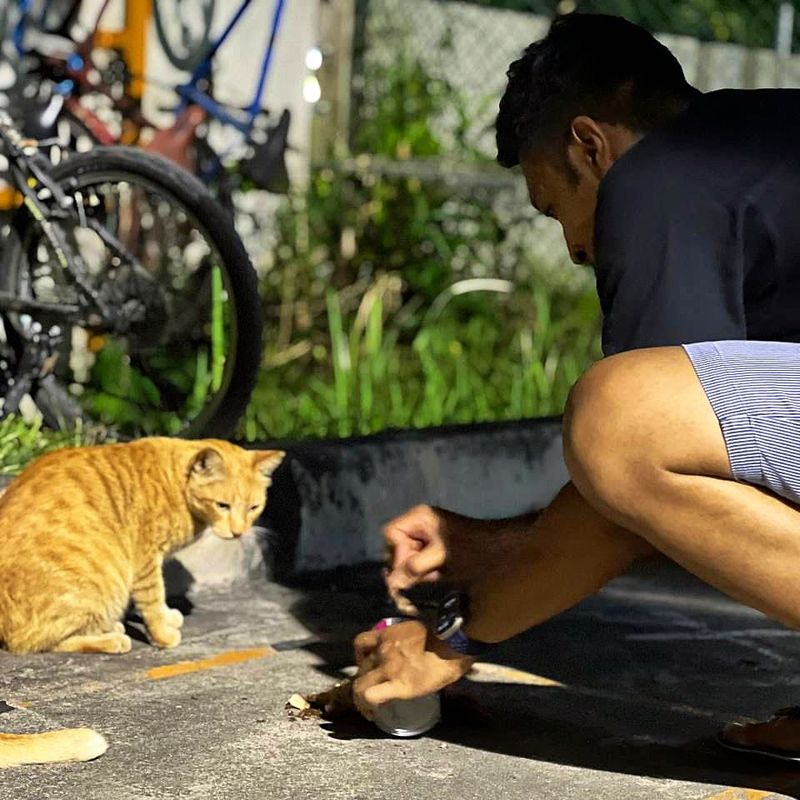
Understanding the nutritional needs of outdoor cats is vital. Cats are obligate carnivores, requiring a diet rich in meat-based proteins. Providing a balanced diet ensures they receive necessary nutrients for health and vitality.
Commercial cat foods are formulated to meet these dietary needs and are preferable to scraps or human food. Avoid giving them milk, as many cats are lactose intolerant.
By meeting their dietary requirements, you support their well-being and longevity, helping them stay robust against environmental challenges.
4. Avoid Overfeeding
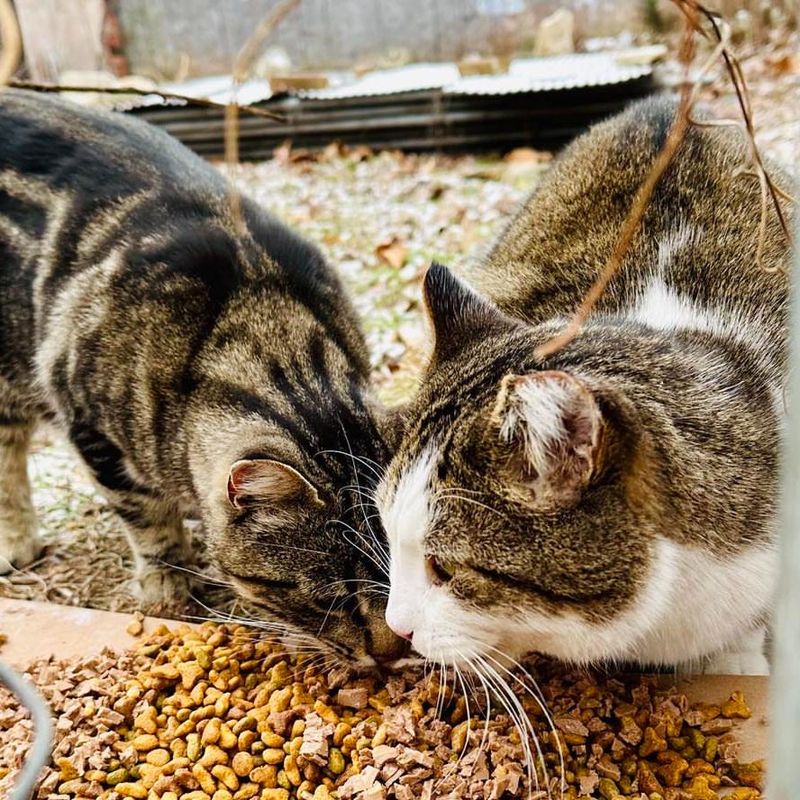
When feeding outdoor cats, moderation is key. Overfeeding can lead to obesity and health issues, diminishing their natural survival instincts. Offer just enough food to maintain a healthy body weight.
Observe the cats to adjust portions as needed, considering the number of cats and their activity levels. Overfeeding can also attract unwanted pests and wildlife, creating potential ecological imbalances.
Feeding in moderation encourages cats to continue hunting and foraging, which is crucial for their overall muscle tone and health.
5. Time And Location Consistency
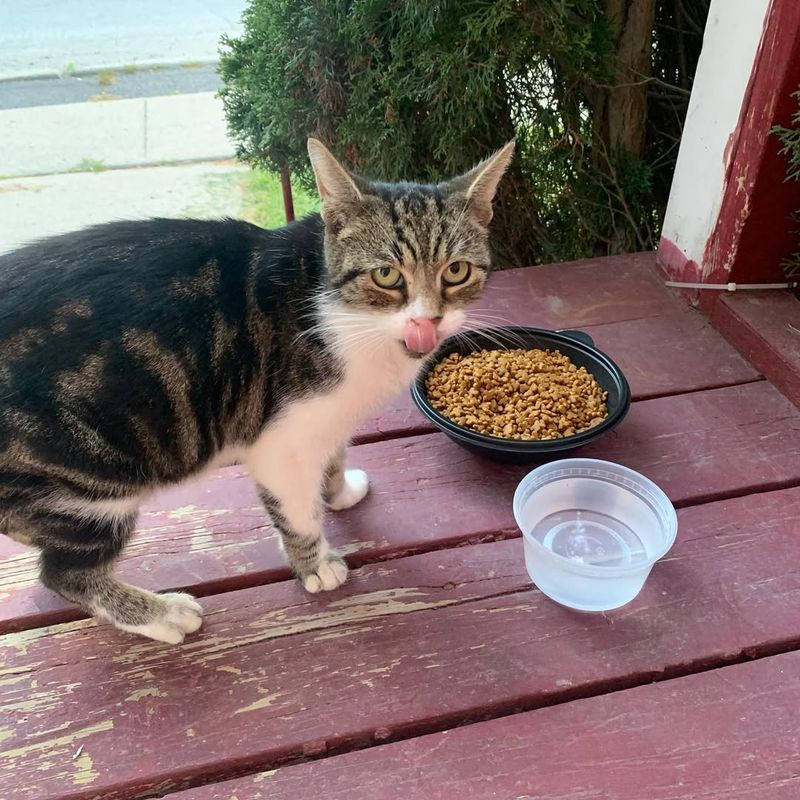
Consistency in time and location is important when feeding outdoor cats. Cats are creatures of habit, and a regular feeding schedule helps them form a routine, making it easier to monitor their health and numbers.
Choose a safe, quiet location where they can eat undisturbed, away from traffic and hazards. This minimizes stress and encourages a peaceful feeding environment.
Regular feeding times also reduce the chance of food being left out, which can spoil or attract pests, maintaining a cleaner and healthier environment for all.
6. Impact On Wildlife
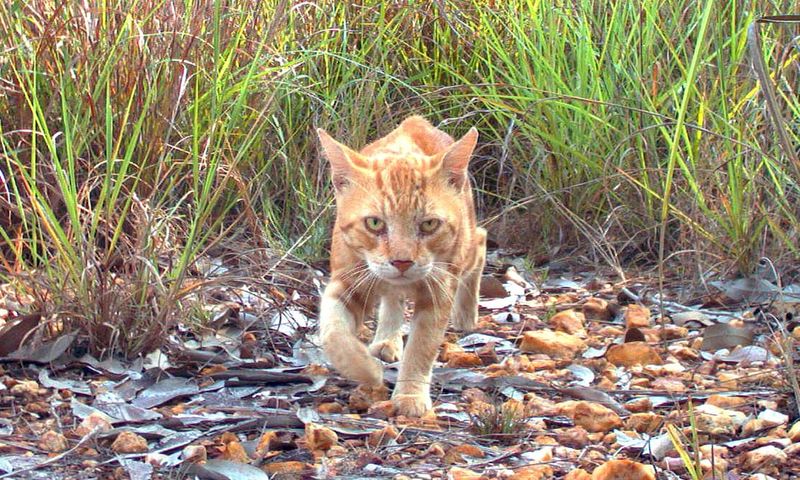
Feeding outdoor cats can impact local wildlife, a critical consideration for any cat feeder. Cats are natural hunters, and feeding them doesn’t necessarily curb their hunting instincts.
By feeding them, you might inadvertently increase their population, impacting native wildlife populations such as birds and small mammals.
To mitigate this, ensure you’re not contributing to overpopulation by considering spaying or neutering and providing enough food to satisfy hunger without encouraging hunting.
7. Spay And Neuter Programs
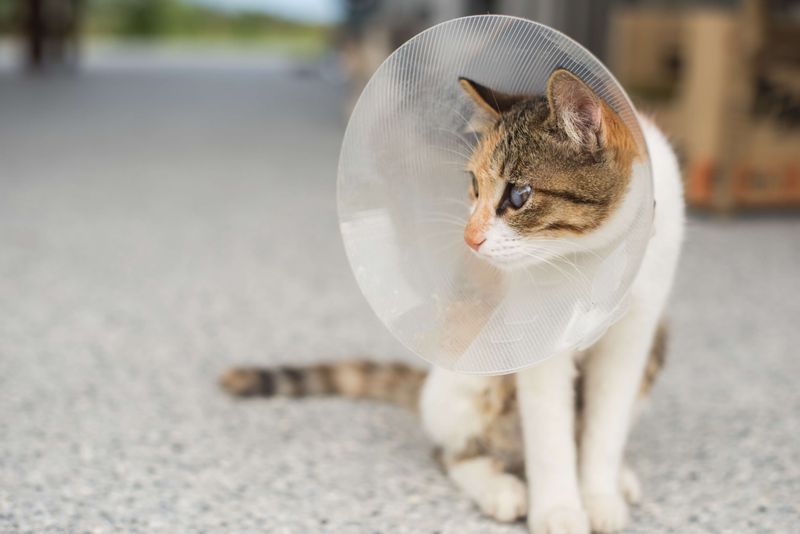
Supporting or participating in spay and neuter programs is crucial for anyone feeding outdoor cats. These programs help control the cat population, reducing the number of future strays.
Many communities offer low-cost or even free spaying and neutering services, which can significantly decrease the number of unwanted cats.
Taking part in these initiatives not only helps the cats you’re directly feeding but also benefits the broader ecosystem by preventing overpopulation and reducing strain on local wildlife.
8. Provide Fresh Water
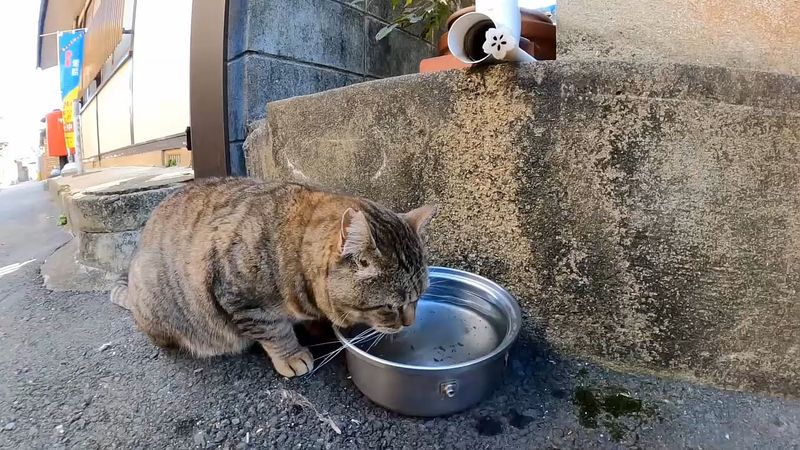
Always provide fresh water alongside food for outdoor cats. Dehydration can be a significant risk, especially in warmer climates or during summer.
Water bowls should be cleaned regularly to prevent algae and bacteria buildup. If possible, consider using an automatic water dispenser to ensure a constant supply of fresh water.
Water is as crucial as food for maintaining the health and well-being of outdoor cats, enabling them to stay hydrated and healthy across all seasons.
9. Seasonal Considerations
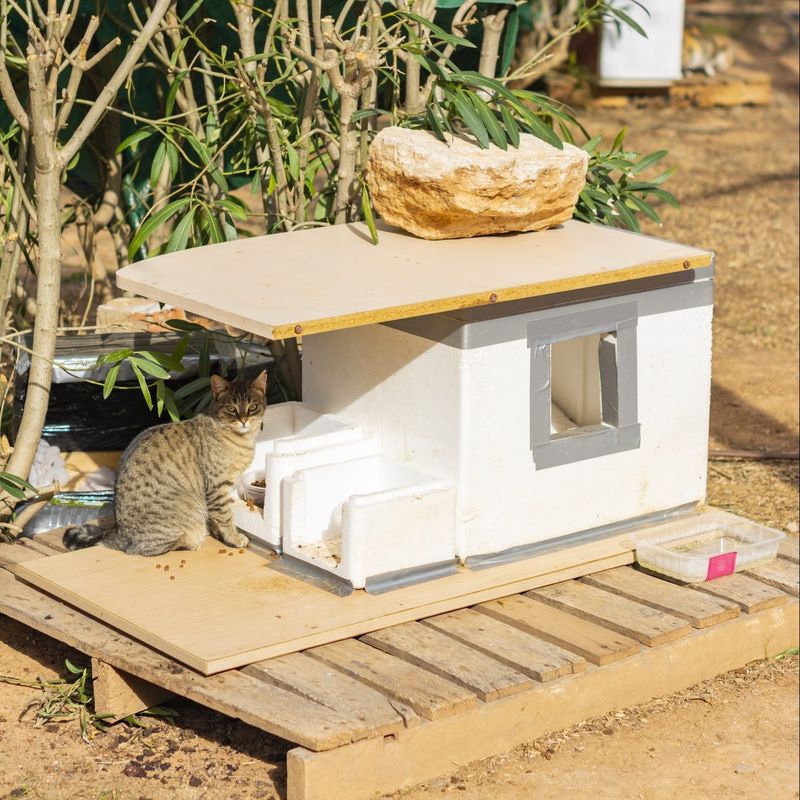
Seasonal changes can affect how and when you feed outdoor cats. During colder months, cats require more calories to maintain body heat, so feeding portions may need adjustment.
Provide shelters or feeding stations that protect food and water from harsh weather conditions. In hot weather, ensure water doesn’t evaporate quickly and remains cool.
By adapting to seasonal needs, you ensure outdoor cats remain healthy and comfortable year-round, facing fewer seasonal challenges.
10. Create A Feeding Station
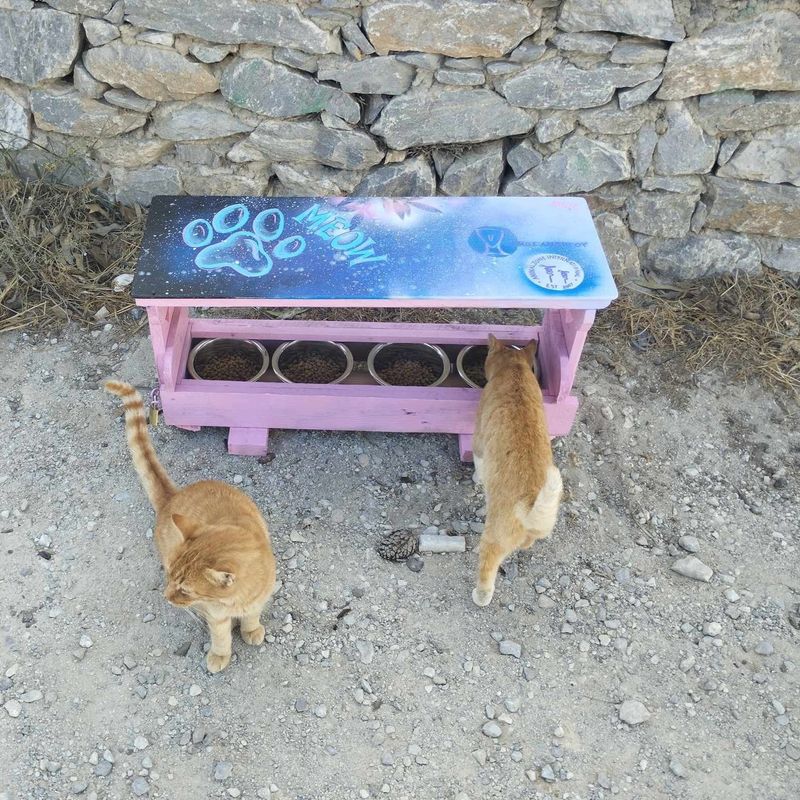
Creating a dedicated feeding station for outdoor cats can help streamline the feeding process. This area should be quiet and sheltered from the elements, providing a safe space for cats to eat.
A feeding station helps prevent food from being scattered, keeping the area clean and reducing waste. It also allows for easy monitoring of cat health and food consumption.
A well-maintained station can become a safe haven for cats, encouraging regular visits and helping them feel secure and cared for.
11. Handle Leftovers And Waste
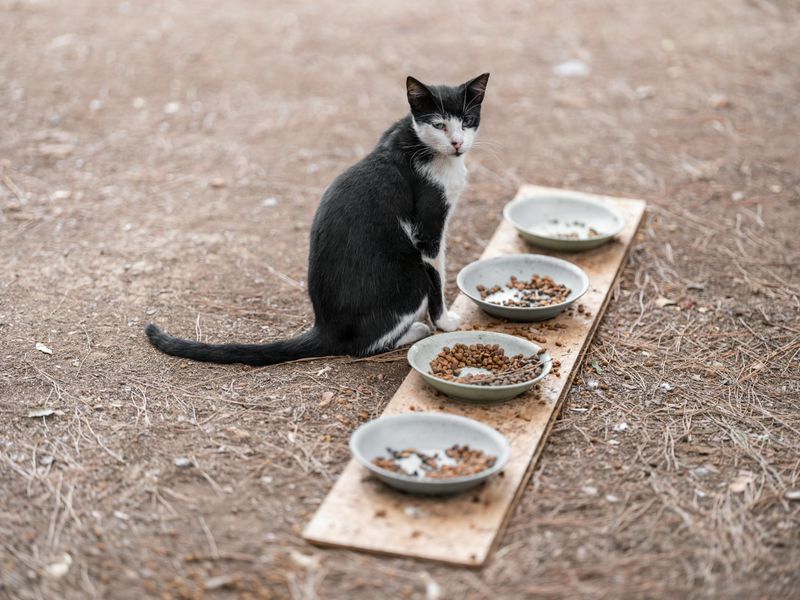
Properly handling leftovers and waste is a part of responsible feeding. Leftover food can attract pests or spoil, causing health hazards for cats.
Cleaning up after feeding helps maintain a hygienic environment, preventing disease spread and neighborhood complaints. Use sealed containers to manage waste and avoid environmental pollution.
Taking these steps demonstrates respect for the community and the environment, ensuring that feeding outdoor cats remains a sustainable practice.
12. Respect Neighbors And Community
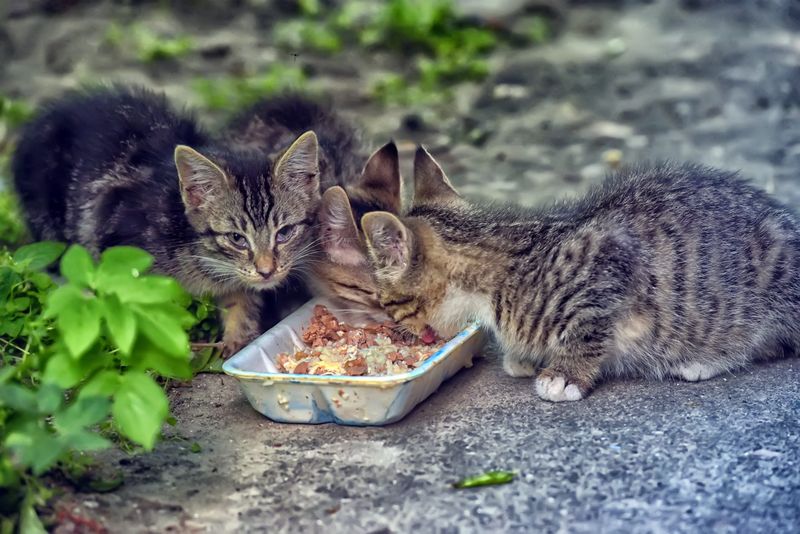
Respecting neighbors and the community is vital when feeding outdoor cats. Not everyone appreciates the presence of feline visitors or leftover food in their vicinity.
Communicate with neighbors about your feeding activities to address concerns or preferences. This fosters goodwill and reduces potential conflicts.
Being considerate helps maintain a harmonious neighborhood and ensures that your efforts to help cats are received positively.
13. Monitor Cat Numbers
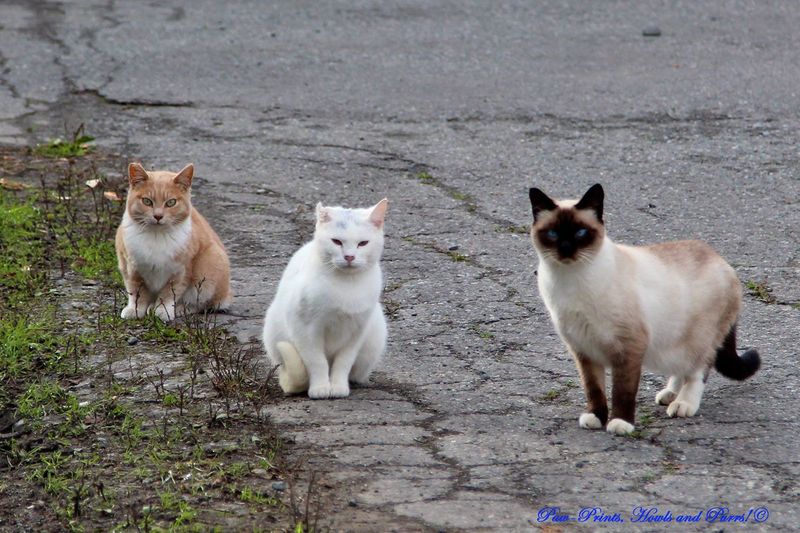
Keep track of the number of cats visiting your feeding station. Monitoring helps identify new arrivals and manage food portions accurately.
An increase in numbers may signal changes in the local cat population or attract unwanted attention from pests. Accurate records assist in planning food quantities and adjusting strategies as needed.
This practice is essential for maintaining a balanced feeding environment, optimizing resources, and ensuring each cat receives adequate care.
14. Watch For Behavioral Changes
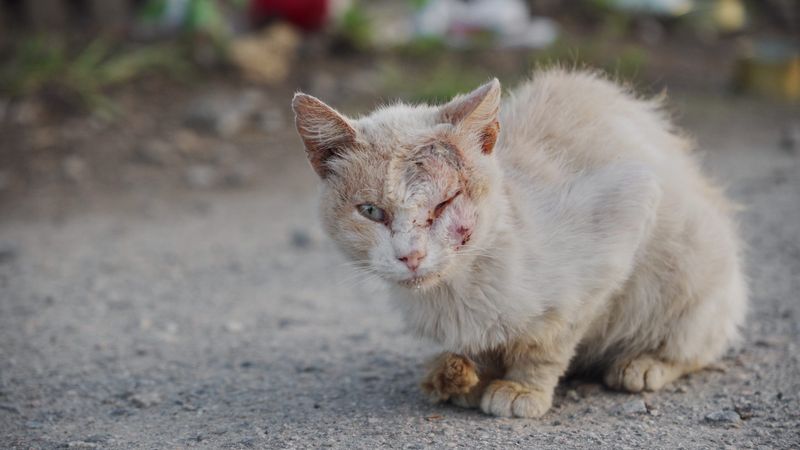
Observe for any behavioral changes in the cats you feed. Changes might indicate health issues or stress, requiring attention.
Cats are generally consistent in their behavior; notable shifts can signal environmental changes or health concerns. Early detection of issues allows for timely intervention and support.
By being observant, you can provide better care, enhancing the well-being of the cats and ensuring they remain a healthy part of the community.
15. Educate Others
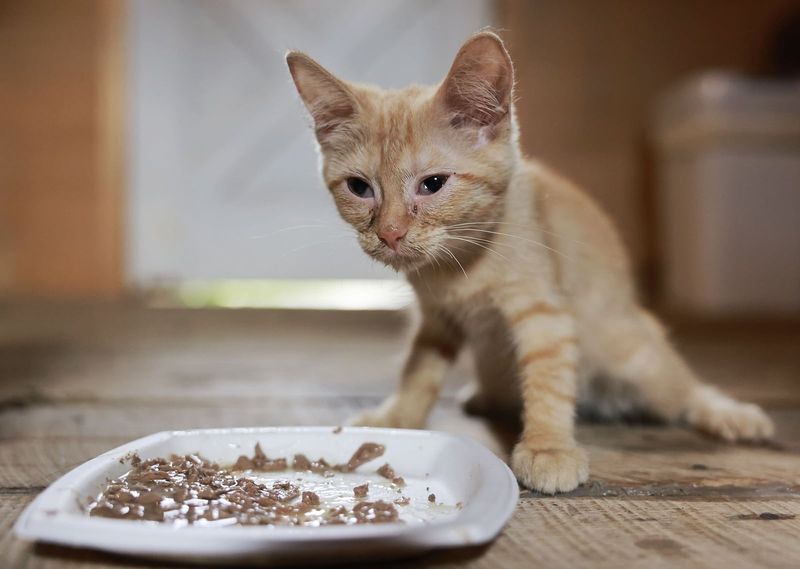
Educating others about the responsibilities and considerations of feeding outdoor cats helps spread awareness and support. Share knowledge about proper feeding techniques, legal aspects, and health care.
Community involvement can lead to more collaborative efforts, such as spay and neuter programs, improving conditions for outdoor cats.
By fostering a community of informed cat caretakers, you contribute to more sustainable and effective feeding practices.
16. Be Prepared For Long-Term Commitment
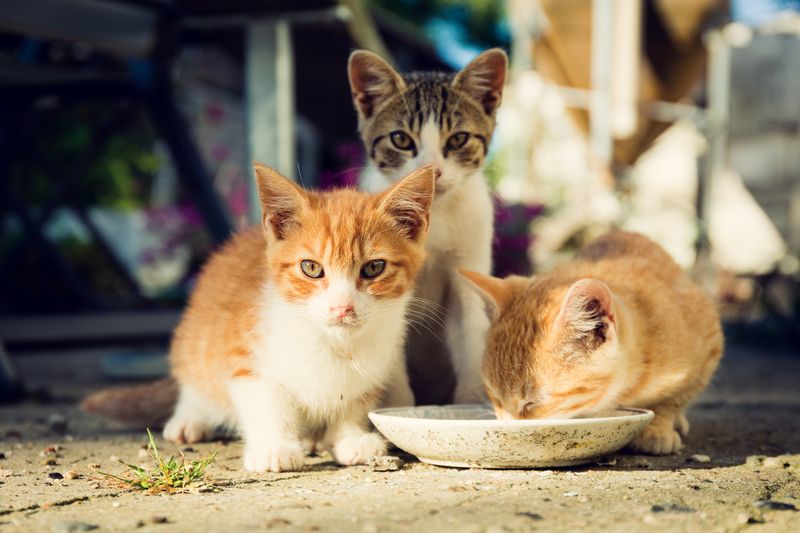
Feeding outdoor cats is not a one-time task but a long-term commitment. Consistency in feeding ensures the cats rely less on hunting and are more dependent on your support.
Prepare for ongoing feeding, health monitoring, and potential veterinary care. This involves time, financial resources, and emotional investment.
Understanding and accepting this commitment leads to more responsible and rewarding cat care, creating a positive impact on their lives.



